
For as long as tattoos have existed, so has humanity’s ability to cast doubt over its decisions. To this day, the permanent nature of tattoos represents a caveat for many unsure about getting one.
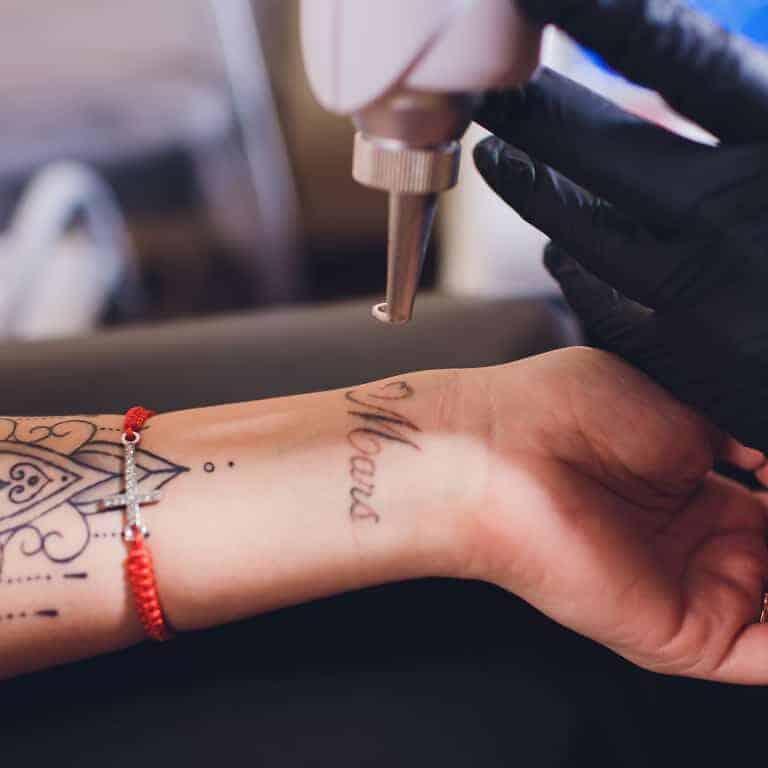
Across many millennia, several techniques of tattoo removal have emerged. From dermabrasion to the advent of laser technology.
Their dramatic evolution, a testament to human wit and the unstoppable advancement of the medical field.
Dermabrasion
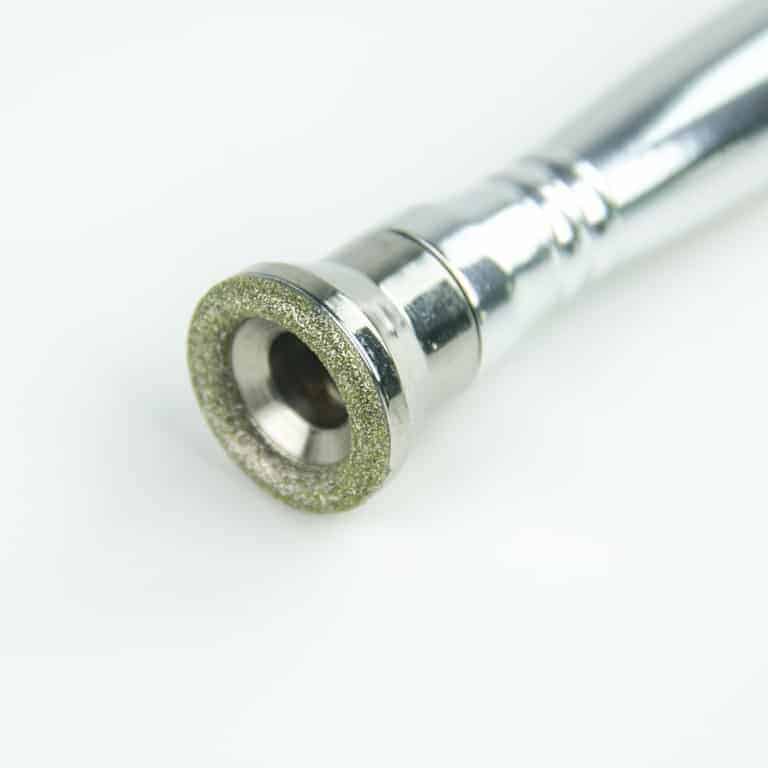
Considered one of the most outdated tattoo removal techniques there are, physicians long performed dermabrasion with metal or diamond-coated fraises.
However, as dermabrasion typically involved rubbing a diamond fraise wheel or a wire brush over skin that was hardened beforehand with a topical cryogen, this invasive method irreparably damaged the patient’s skin.
Furthermore, this technique also put the physician at risk. Dermabrasion caused a patient’s tissue and blood particles to be violently expelled and suspended in air. This increased the risk of contracting airborne diseases.
Although this procedure usually only required a single treatment, physicians could also choose to perform dermabrasion through several sessions to minimize scarring. However, some degree of damage to the skin was still visible in all cases.
Another preferred technique of dermabrasion included the use of abrasive salts, which the physician rubbed onto the patient’s skin until producing inflammation.
This reaction was a necessary part of the procedure as it injured the cells which held the tattoo ink particles.
Shortly after, the physician covered the treated area with wound dressings meant to procure further inflammation, therefore removing the ink pigments more effectively.
Other than scarring, individuals who subjected themselves to dermabrasion were at high risk of developing hypertrophy, a condition in which injured skin becomes thicker and raised due to a growth in cell size.
Dermabrasion patients were also prone to developing keloids, another overgrowth of scar tissue which can produce itchiness, pain, and affect the movement of the skin.
The Goldman Method: First Steps towards Modern Tattoo Removal

In 1961, American Dermatologist Dr. Leon Goldman made history by becoming the first researcher to treat melanoma, a type of cancer that forms on the skin, with lasers.
Five years later, he would supervise the first removal through laser surgery of a tumor.
By then, it had become apparent that the capability of lasers to cut into skin and cauterize blood vessels simultaneously, would allow the new technology many different applications. Tattoo removal was among them.
In 1967, Goldman oversaw the first laser tattoo removal session in history. To perform the procedure, the physician used an ND: YAG laser and a 694 Ruby laser.
As Time Magazine reported in October of the same year, the laser treatment removed the tattoo ink pigments by creating bursts of hot vapor over the skin.
Carbon Dioxide Laser and Other Non-Selective Thermal Methods
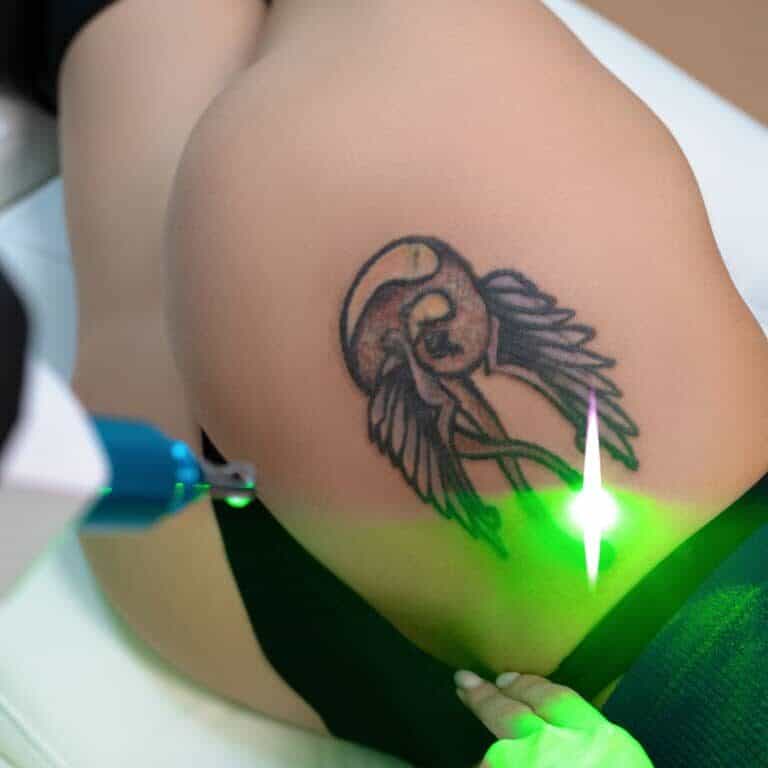
A popular tattoo removal method since the 1980s, carbon dioxide lasers target the water molecules found in the skin. It’s important to note that the shorter the laser range, the safer it is for individuals who go through the treatment.
However, this method heated the tattooed area in a non-specific manner, meaning it was incapable of singling out ink particles, destroying all superficial layers of the skin. Scarring was a common side-effect of the procedure.
Furthermore, although admittedly more effective than other non-selective thermal methods, this procedure only partially removed the tattoo in most cases.
Similarly, the argon laser is another method of tattoo removal which destroys skin tissue through non-selective heating.
Nevertheless, it emits a green or blue laser beam at a shorter wavelength. Just like the carbon dioxide laser, this method scars the skin that is subject to treatment.
Even though heat is the preferred technique when it comes to treating skin conditions, low temperatures have also proven to be somewhat effective in removing tattoos.
Such is the case of cryosurgery, where liquid nitrogen is applied onto the tattooed area to freeze it, and then peeling is induced.
It takes several sessions for this technique to achieve noticeable results, and it can produce adverse effects like blisters, ulcers, and permanent discoloration of the skin.
Q-Switched Tattoo Removal Lasers

But what made it so difficult to target ink particles without damaging the skin surrounding them? The presence of melanin pigments within the skin is one of many factors to take into consideration.
As Dermatologist Eric F. Bernstein put it,
“Melanin pigment is predominately made to absorb ultraviolet radiation, and although its ability to absorb light decreases with increasing wavelength, melanin absorption is still a clinical problem for tattoo removal well into the infrared wavelengths.”
Moreover, as Bernstein points out, tattoos can also become resistant to certain laser wavelengths, similarly to how bacteria becomes resistant to antibiotics.
This means that to remove even a single color of ink, such as black, multiple wavelengths of light might be required for tattoo removal to be effective and leave no scarring.
This is where Q-switched lasers, popularized in the 90s and developed by Dr. Rox Anderson, come into play.
With varying red and infrared wavelengths and pulsations, they can penetrate the skin deeper, past the melanin pigments and directly into the ink particles.
As these particles break down under heat, the color pigments are engulfed by white blood cells, which are then absorbed by small glands known as lymph nodes, and ultimately expelled through the liver.
Picosecond Lasers: Going One Step Ahead Of the Q-Switch
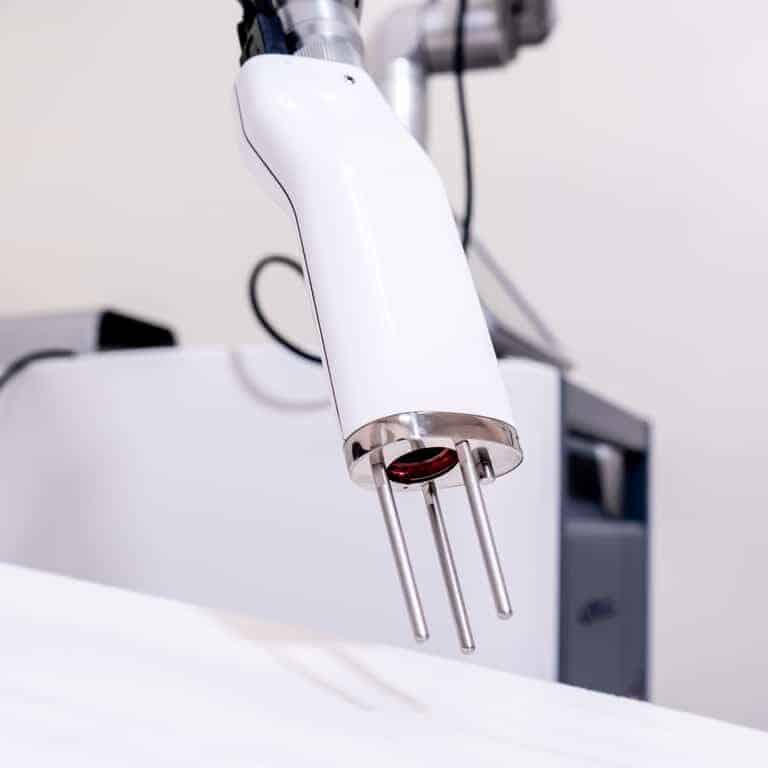
Finally, the latest iteration in laser tattoo removal procedures is the picosecond laser.
With a lower exposure time than Q-switched lasers, picosecond lasers allow for a more localized heating of ink particles. Their quick pulsations also eliminate the risk of damaging the surrounding skin tissue.
Conclusion
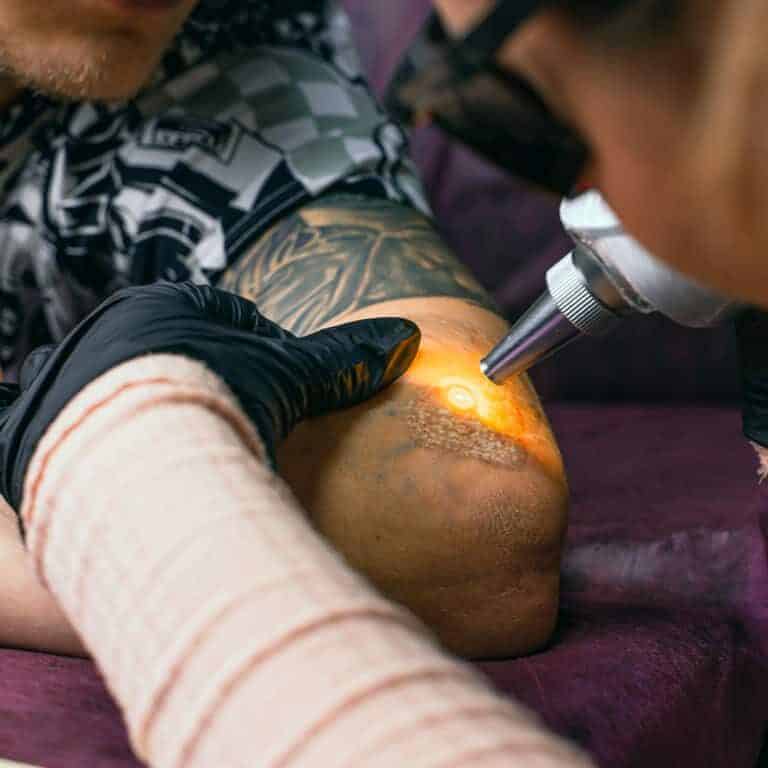
Although modern tattoo removal still isn’t a completely painless experience, with the advent of picosecond lasers, which have already significantly reduced the length of the procedure, there’s no telling what laser technology will achieve over the next couple of years down the line.

